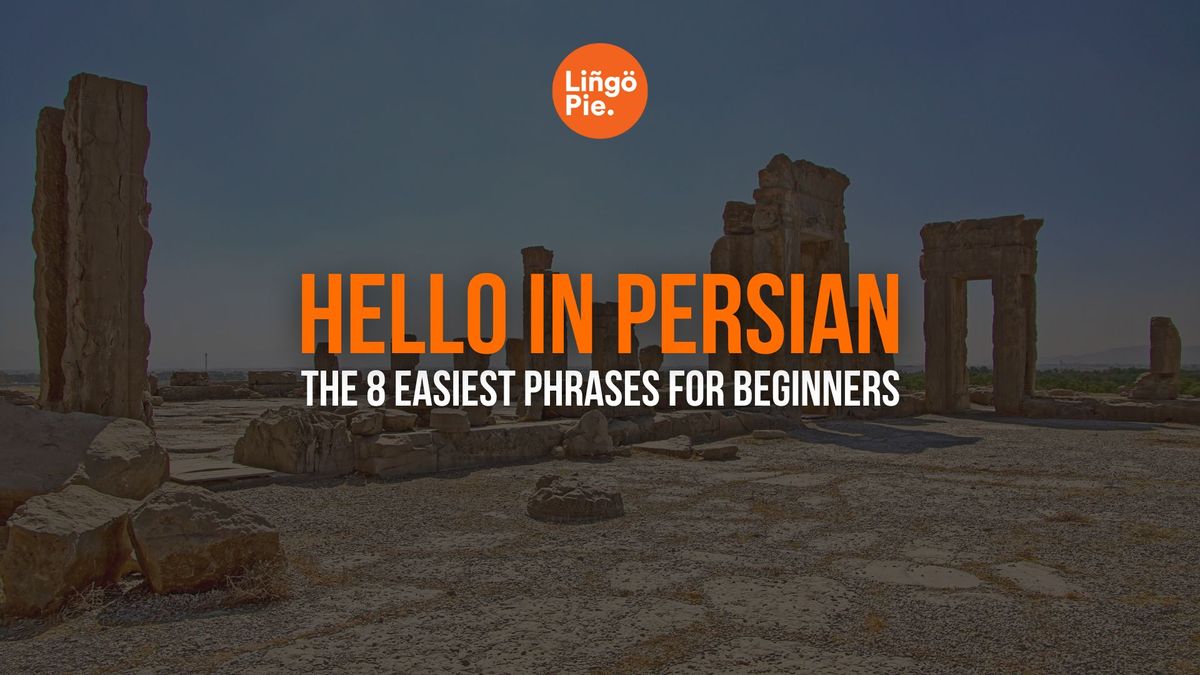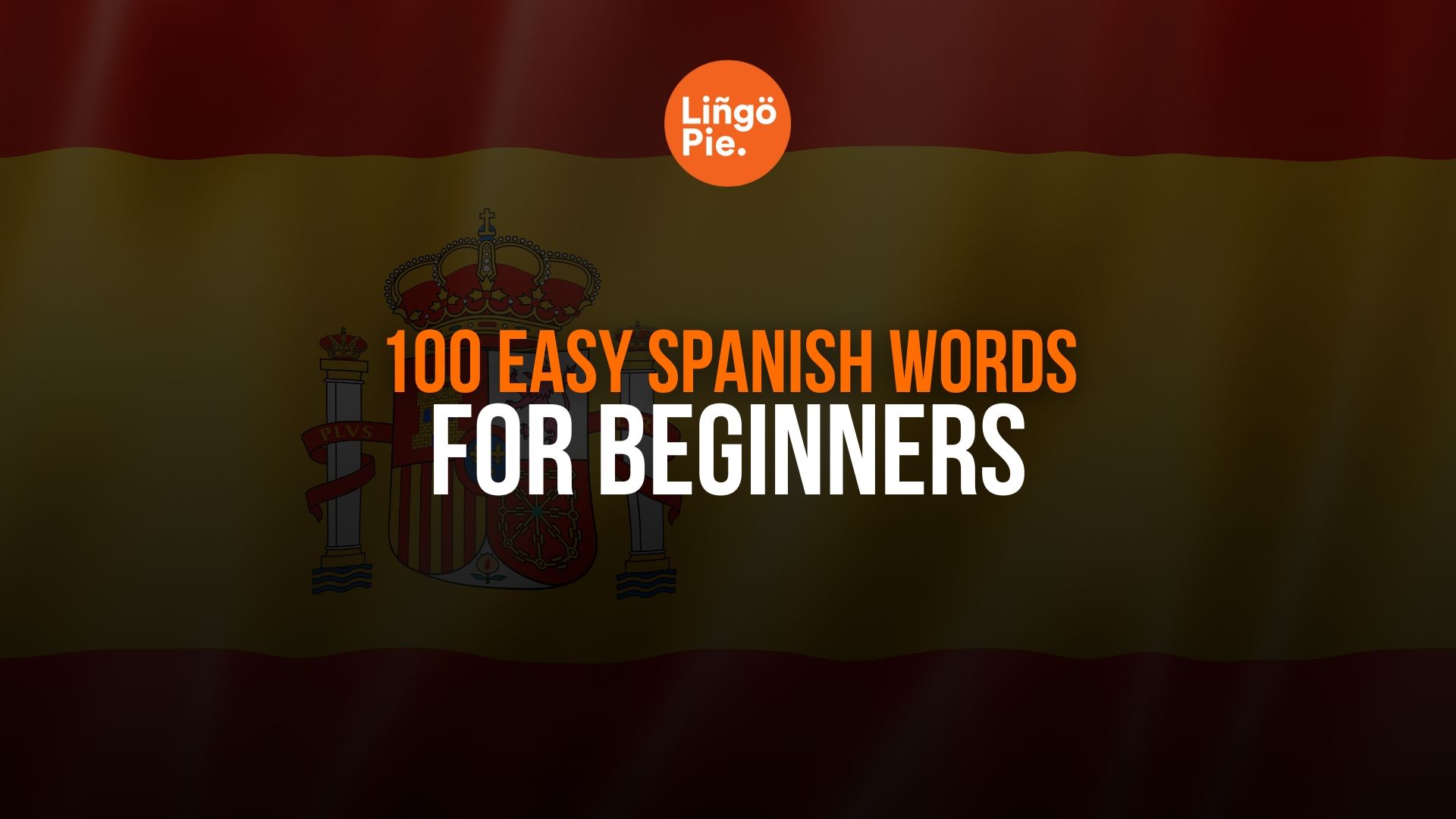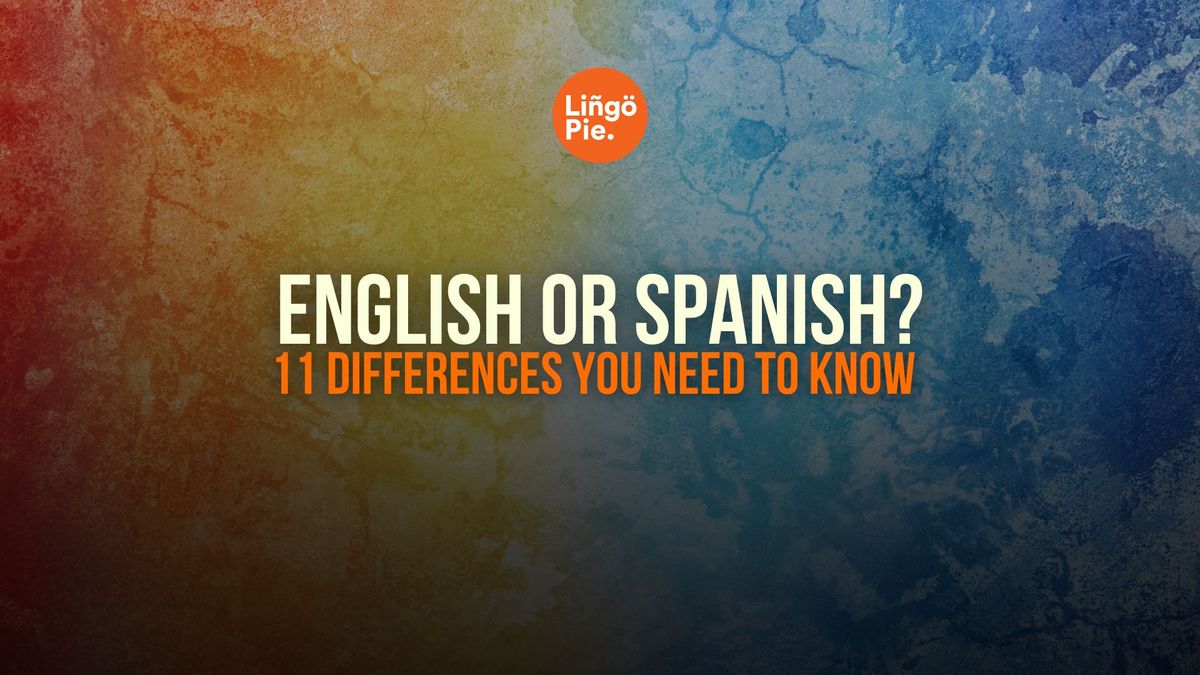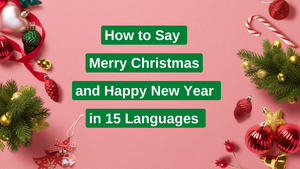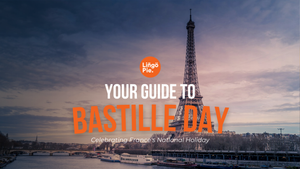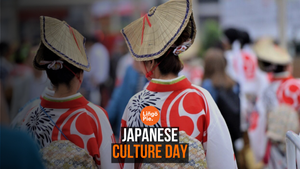If you’ve ever learned a new language, you know that greetings are usually the first step. Just like you'd start with hola when learning Spanish, Persian has its own set of everyday greetings that go far beyond a simple Salam. And while Persian might not be as widely studied, it’s one of the most expressive and culturally rich languages out there.
In this post, I'll walk you through eight authentic ways to say hello in Persian that go beyond just "Salam." You'll learn exactly what to say, when to use each greeting, how natives typically respond, and the small cultural touches that will make your Persian sound natural from day one.
- 40+ Spanish Greetings You Must Learn This Year
- 10+ Easy Ways To Say Hello In Japanese (+ Other Greetings)
- 6 Best Ways To Say Hello In Tagalog [A Traveler's Guide]

A Quick Note on How Persian Is Written
Before we dive into the different ways to say hello in Persian, it helps to understand how the language is written. Persian (also known as Farsi) uses a version of the Arabic script, written from right to left. While it might look intimidating at first, many of the greetings you’ll learn are short, simple, and easy to recognize once you get used to the script.
Don’t worry if you’re not reading Persian fluently yet. In this post, you’ll see each greeting written in the Persian alphabet, along with easy-to-follow pronunciation guides in Latin script. That way, you can start speaking and recognizing the words—even if you're not quite ready to read fluently just yet.
How To Say Hello In Persian
Persian greetings change throughout the day and vary based on formality. While "Salam" works in almost any situation, using time-specific greetings shows cultural awareness and earns you extra appreciation from native speakers.
1. Salam (سلام)
Translates to: "Peace" or simply "Hello"
Salam is the most common Persian greeting that works at any time of day, in any situation. It comes originally from Arabic but has become fully integrated into everyday Persian speech. The pronunciation is straightforward: sah-LAHM with emphasis on the second syllable.
You can use Salam with anyone—friends, shopkeepers, taxi drivers, or your Persian teacher. The typical response is "Salam" in return, keeping things simple. This is your can't-go-wrong greeting that never feels out of place.
2. Sobh Bekheir (صبح بخير)
Translates to: "Good morning"
Pronounced sobh-beh-KHEIR (with a throaty 'kh' sound), this morning greeting works from sunrise until around noon. The word "sobh" means morning, while "bekheir" means "with goodness."
When someone greets you with "Sobh bekheir," you can respond with the same phrase or say "sobh-e shoma ham bekheir" (good morning to you too). Remember that for elders or formal situations, use "sobh-e-toon bekheir" to show proper respect.
3. Zohr Bekheir (ظهر بخير)
Translates to: "Good afternoon"
Spoken as zohr-beh-KHEIR, this midday greeting works between noon and about 3 PM. "Zohr" refers to midday or noon in Persian.
Like other time-based greetings, you can respond by repeating "Zohr bekheir" or adding "zohr-e-shoma ham bekheir" for "good afternoon to you as well." Persian speakers from Afghanistan might say "zohr bakhair" instead, with a slightly different pronunciation.

4. Asr Bekheir (عصر بخیر)
Translates to: "Good late afternoon"
Pronounced asr-beh-KHEIR, this specific greeting shows the Persian attention to different parts of the day. Use it from about 3 PM until sunset.
"Asr" originally referred to the time of the Muslim afternoon prayer, but the greeting is used by all Persian speakers regardless of religion. Respond with the same phrase or "asr-e-shoma ham bekheir" in more formal settings.
5. Vaght Bekheir (وقت بخیر)
Translates to: "Good time" or "May your time be good"
This very versatile greeting is perfect for anyone who wants to greet at any time of the day. Kinda equivalent to the "good day" in English. Basically, it's pronounced as vahkt-beh-KHEIR.
"Vaght" means "time" in Persian, making this a general wish for someone to have a good time ahead. This is perfect when you're not sure which time-specific greeting to use. The typical response is the same phrase or "vaght-e-shoma ham bekheir."
6. Rooz Bekheir (روز بخير)
Translates to: "Good day"
This Persian greeting is pronounced as rooz-beh-KHEIR. It's used as a daytime greeting and works from morning until evening. The first word, "Rooz” simply means "day” in Persian.
Similar to "vaght bekheir," this greeting works throughout daylight hours and is common in both casual and professional settings. When greeting elders or in formal situations, use "rooz-e-toon bekheir" to show respect.

7. Dorood (درود)
Translates to: "Greetings" or "Salutations"
Pronounced do-ROOD, this formal greeting stands out because it's purely Persian in origin, unlike many other greetings that have Arabic influence.
You'll hear "Dorood" most often in formal settings like news broadcasts, official speeches, or very formal introductions. It has an educated, somewhat elevated tone and connects speakers to Persian's pre-Islamic linguistic heritage.
8. Chetori? (چطوری؟)
Translates to: "How are you?"
Pronounced che-TO-ri, this informal greeting question typically follows "Salam" and forms an essential part of casual Persian conversations.
While not strictly a "hello," it's so commonly paired with greetings that it functions as part of the greeting ritual. Use it with friends and peers, but switch to "Chetorid?" in formal settings. The standard response is "Man khoobam" (I'm fine) or "Khoobam, mersi" (I'm good, thanks).
- 8 Best Turkish Movies On Netflix For Learning Turkish
- 7 Phrases To Ask How Are You In Korean With Answers
- A Guide To Kansai-ben Dialect For Beginners In Japanese
Cultural Tips for Your First Persian Greeting
Greeting someone in Persian often involves more than a word or phrase. A warm tone, relaxed posture, and thoughtful delivery are part of the exchange. In many cases, first impressions carry real weight, and even a short greeting can reflect your level of respect.
Depending on the setting, physical contact may vary. Among friends or in informal situations, handshakes or a small nod are common. On the other hand, in more formal interactions or when people are meeting for the first time it’s not unusual to see someone place a hand over their heart.
When it comes to gender, cultural expectations matter. In many Persian-speaking communities, men and women who are not closely related tend to avoid physical contact. A polite verbal greeting, often paired with a respectful nod, is a safe and appropriate choice.
In addition, age and social status influence how greetings are exchanged. Older individuals or those in respected positions are usually addressed first. A polite tone, measured pace, and eye contact show cultural awareness, even if you’re just starting out with the language.

Common Phrases to Continue the Conversation
After greeting someone in Persian, you'll want to keep the conversation going. These follow-up phrases help you move naturally from "hello" into a real conversation. Iranians are known for their warm hospitality, so showing interest in the other person is an important part of Persian social interaction.
| Persian Phrase | Pronunciation | Meaning | When to Use |
|---|---|---|---|
| خوبی؟ (Khoobi?) | khoo-BEE | Are you well? | Informal, with friends |
| حالت چطوره؟ (Haalet chetore?) | HAA-let che-TO-reh | How are you feeling? | Casual settings |
| خوبید؟ (Khoobid?) | khoo-BEED | Are you well? | Formal, with elders |
| حالتان چطور است؟ (Haaletaan chetor ast?) | HAA-le-TAAN che-TOR ast | How are you feeling? | Very formal settings |
| چه خبر؟ (Che khabar?) | che kha-BAR | What's new? | With friends after greeting |
| روزت چطور بود؟ (Roozet chetor bood?) | ROO-zet che-TOR bood | How was your day? | Evening conversations |
| از دیدنت خوشحالم (Az didanet khoshhalam) | az dee-DA-net khosh-HAA-lam | I'm happy to see you | When meeting after some time |
| خانواده خوبن؟ (Khanevadeh khooban?) | khaa-ne-VAA-deh khoo-BAN | How is your family? | Common follow-up question |
A typical Persian greeting exchange might flow like this: "Sobh bekheir! Chetori?" (Good morning! How are you?), followed by "Khoobam, mersi. Shoma chetorid?" (I'm fine, thanks. How are you?). Then you might ask about their family or what's new. This simple exchange builds immediate rapport and shows respect for the language and culture.

Special Occasion Greetings in Persian
Persian culture celebrates many holidays and special occasions, each with its own unique greetings. Knowing these will make you stand out and show your respect for Persian traditions.
Nowruz (Persian New Year)
Greeting: Eid-e Shoma Mobarak (عید شما مبارک)
Pronunciation: eed-e sho-MAA mo-BAA-rak
Meaning: "Happy New Year" or "Happy Holiday to you"
Nowruz marks the Persian New Year and the beginning of spring (March 21). This greeting works throughout the two-week celebration period. You might also hear "Sal-e No Mobarak" (سال نو مبارک), which directly translates to "Happy New Year."
Birthday Wishes
Greeting: Tavalodet Mobarak (تولدت مبارک)
Pronunciation: ta-va-LO-det mo-BAA-rak
Meaning: "Happy Birthday"
Used for birthdays, this phrase can be made formal by changing it to "Tavalodetan Mobarak" (تولدتان مبارک) when speaking to elders or in formal settings.
Wedding Congratulations
Greeting: Aroosi-toon Mobarak (عروسیتون مبارک)
Pronunciation: a-roo-SEE-toon mo-BAA-rak
Meaning: "Congratulations on your wedding"
This phrase is used to congratulate newlyweds. You can also say "Tabrik Migooyam" (تبریک میگویم), meaning "I congratulate you," for any happy occasion including weddings.
Religious Holiday Greetings
Greeting: Eid-e Shoma Mobarak (عید شما مبارک)
Pronunciation: eed-e sho-MAA mo-BAA-rak
Meaning: "Happy holiday to you"
This all-purpose holiday greeting works for both Islamic holidays (like Eid al-Fitr) and secular celebrations. For specific Islamic holidays, you might hear "Eid-e Fetr Mobarak" for Eid al-Fitr.
When Meeting After a Long Time
Greeting: Kheili Vaght-e Nadidam (خیلی وقته ندیدم)
Pronunciation: khay-LEE vakh-TE na-DEE-dam
Meaning: "Long time no see"
This casual greeting works well when reuniting with friends after some time apart. You can follow it with "Delam Barat Tang Shodeh Bood" (دلم برات تنگ شده بود) meaning "I missed you."
Tips For Perfect Persian Greetings
- Always match your greeting to the time of day when possible
- Add a small nod or smile while greeting someone
- Follow "Salam" with "Chetori?" for a complete, friendly greeting
- Use the formal versions (-toon forms) with elders and in professional settings
- Practice the throaty "kh" sound in "bekheir" to sound more authentic
Now you're ready to greet Persian speakers throughout the day! Whether you're planning a trip to Iran or connecting with Persian-speaking friends, these greetings will make a great first impression and show your respect for this beautiful language.
Ready To Learn More Languages?
Excited about Persian greetings and want to learn more languages? While Lingopie doesn't offer Persian yet, it's a fantastic tool for learning how to say hello in Spanish, French, Italian, German, and many other languages!
Lingopie makes language learning fun by using TV shows and movies as teaching tools. You'll pick up greetings and expressions the way native speakers actually use them. The platform combines entertainment with educational features so you can watch engaging content while learning real, practical language skills.
Start your language adventure today with Lingopie, and soon you'll be confidently saying hello in multiple languages!


